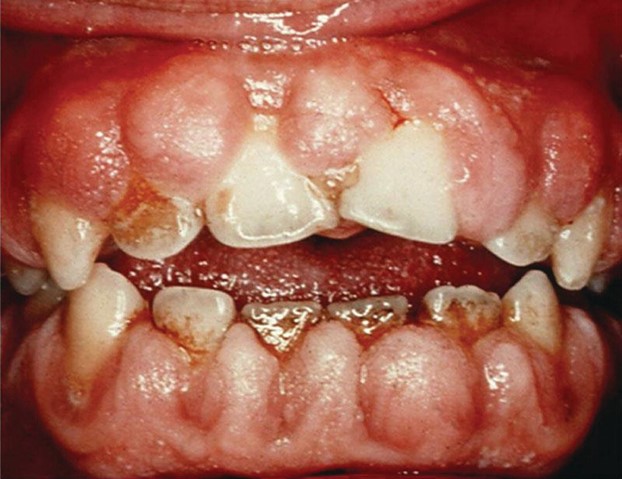A nurse is caring for a client who is scheduled for diagnostic thoracentesis. Which of the following actions should the nurse take when assisting with this test?
Instruct the client to take deep breaths during the test.
Assist the client to a prone position prior to the test.
Inform the client that the new onset of a cough is expected following the test.
Apply pressure to the client's puncture site after the test is complete.
The Correct Answer is D
Choice A rationale:
Instructing the client to take deep breaths during the test is not appropriate for a thoracentesis. This procedure involves the insertion of a needle into the pleural space to drain fluid or air, and taking deep breaths could interfere with the accuracy and safety of the procedure.
Choice B rationale:
Assisting the client to a prone position prior to the test is also incorrect. During a thoracentesis, the client is usually seated upright or in a slightly forward-leaning position to allow better access to the pleural space and improve breathing.
Choice C rationale:
Informing the client that the new onset of a cough is expected following the test is not accurate. While a cough can be a possible side effect, it is not a common or expected outcome of a thoracentesis.
Choice D rationale:
Applying pressure to the client's puncture site after the test is complete is the correct action. This helps to prevent bleeding and reduce the risk of pneumothorax (collapsed lung) by promoting clot formation at the site of the needle insertion.
Nursing Test Bank
Naxlex Comprehensive Predictor Exams
Related Questions
Correct Answer is A
Explanation
Choice A rationale:

Tender, bleeding gums could be a sign of phenytoin-induced gingival hyperplasia, a serious adverse effect of phenytoin. This condition requires immediate medical attention to prevent further complications.
Choice B rationale:
Increased facial hair is not a common adverse effect of phenytoin and may not require immediate medical attention. It could be due to other factors or conditions.
Choice C rationale:
Constipation is a common side effect of many medications, including phenytoin. While it should be monitored, it does not require immediate reporting to the provider unless severe or persistent.
Choice D rationale:
A skin rash can be an adverse effect of phenytoin, but it does not necessarily require immediate reporting unless it is severe, accompanied by other symptoms, or indicative of a serious allergic reaction.
Correct Answer is A
Explanation
Choice A rationale:
Administering phenytoin IV no faster than 100 mg/min is crucial to prevent adverse effects such as cardiovascular collapse or severe hypotension. Rapid administration of phenytoin can cause cardiac arrhythmias and should be avoided.
Choice B rationale:
Monitoring plasma phenytoin levels to establish the therapeutic range is a necessary action in managing the client's seizure disorder, but it does not pertain to the specific administration of phenytoin via intermittent bolus.
Choice C rationale:
Adding the medication to the existing IV solution is not appropriate for phenytoin administration. Phenytoin should be administered separately and not mixed with other IV solutions to maintain its stability and prevent interactions.
Choice D rationale:
Monitoring the client for hypertension is not directly related to the administration of phenytoin via intermittent bolus. Hypertension is not a common adverse effect of this medication. However, blood pressure should be monitored as part of routine care for any client on antiepileptic therapy.
Whether you are a student looking to ace your exams or a practicing nurse seeking to enhance your expertise , our nursing education contents will empower you with the confidence and competence to make a difference in the lives of patients and become a respected leader in the healthcare field.
Visit Naxlex, invest in your future and unlock endless possibilities with our unparalleled nursing education contents today
Report Wrong Answer on the Current Question
Do you disagree with the answer? If yes, what is your expected answer? Explain.
Kindly be descriptive with the issue you are facing.
